Sir Richard FitzHerbert, he tells me, does not want to be seen as “just another nob in the great hall”.
FitzHerbert is the current holder of the FitzHerbert baronetcy, which he inherited in 1989 at the age of 24, together with the Jacobean Tissington Hall, 2,000 rolling acres in Derbyshire and 50 stone cottages, most of which are rented, which form the village of Tissington.
Mentioned in the Domesday Book as “Tizinctun”, Tissington today is an idyllic stop on the way to Alton Towers or the Peak District – a pretty village centred around the 12th-century church of St Mary’s, with a charming duck pond, six ancient wells and Herbert’s tearoom (which does delicious toasted cakes accompanied by “Lady Fiona’s favourite preserves”).
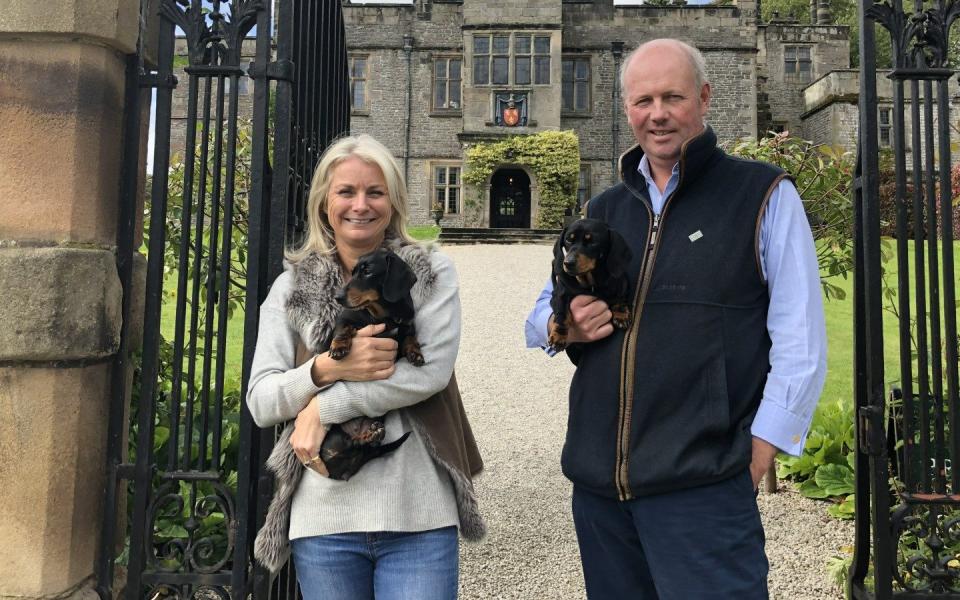
On the fact that he is not “such a nob”, FitzHerbert explains that he enjoys “throwing it in” at the annual village fete, sticking his head and arms through wooden blocks and being doused with water by villagers and visitors.
“You have to be a circus director and a clown in this business,” FitzHerbert says of the modern cares of running a private village. The estate has been in the FitzHerbert family since 1609, and the 9th Baronet keeps Tissington going, he explains, through a mix of resident tenants and tourism.
“The tenants tolerate tourism because they know it pays the staff wages and covers the repairs to the estate,” he continues. FitzHerbert has converted four of the village’s stone cottages into Airbnbs and also rents out three self-catering holiday apartments at Tissington Hall. “We have a lovely Slovenian couple staying here at the moment,” he adds.
Fancy owning your own village? If you’re fabulously wealthy, it’s possible. On 28 June, Sir Thomas and Lady Ingilby announced their intention to sell the Ripley Castle Estate in North Yorkshire, with its Grade I-listed 14th-century manor house, village pub and collection of stone cottages.
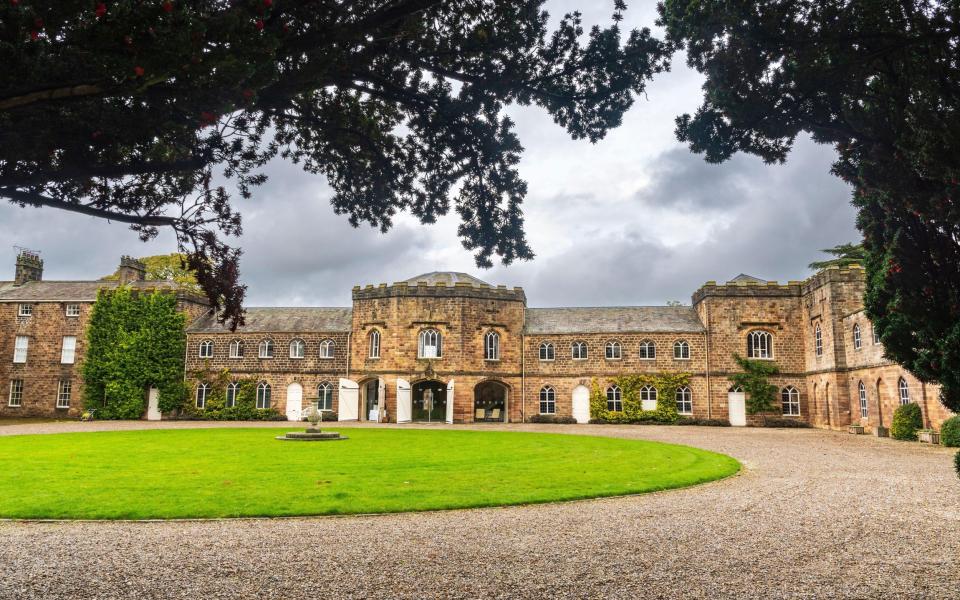

The estate has been in the Ingilby family since it was claimed as dowry by an earlier Sir Thomas Ingilby when he married heiress Edeline Thwenge in 1308. Ripley is managed by agents Carter Jonas in Harrogate and is due to be put up for sale in October for an undisclosed sum.
That the 21st century landlord is selling his estate, after 24 generations of family ownership, is an indication of the financial pressures facing the managers of the country’s last private villages. They must manage their tenants, both their homes and their businesses, while at the same time sweeping the ancient cobblestones and keeping the church towers intact.
There are a few dozen such private villages in the UK. Others include Heydon in Norfolk, Aldbury in Surrey, Clovelly in Devon and Great Tew in Oxfordshire, once owned by the industrialist Michael Boulton and now in the care of the Johnston family.
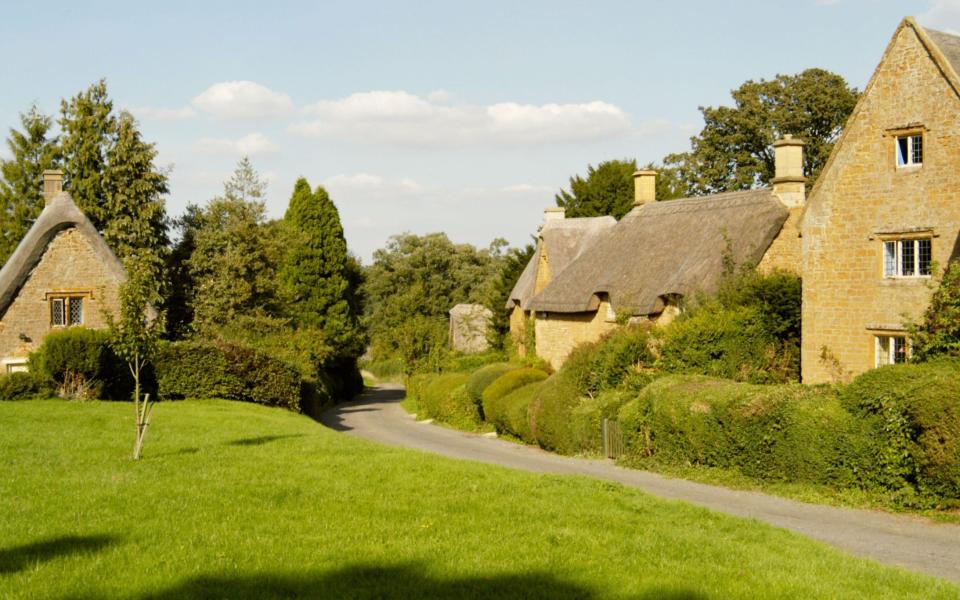

Stefan Persson, the Swedish billionaire and owner of fashion giant H&M, was one of the last to buy up a private village in its entirety: Linkenholt in Hampshire, home to around 40 people. He bought the village in 2009 for £25m.
The whole concept has been frowned upon, with some seeing it as a feudal throwback that allows the super-rich to hold onto swaths of the British countryside as their personal fiefdoms. Much has been made of the fact that some villages impose compulsory colour schemes, including Yattenden’s bottle-green doors, window frames and phone box, Aldbury’s mid-green railings and drainpipes, and Glynde’s deep blue lead flashing and doors.
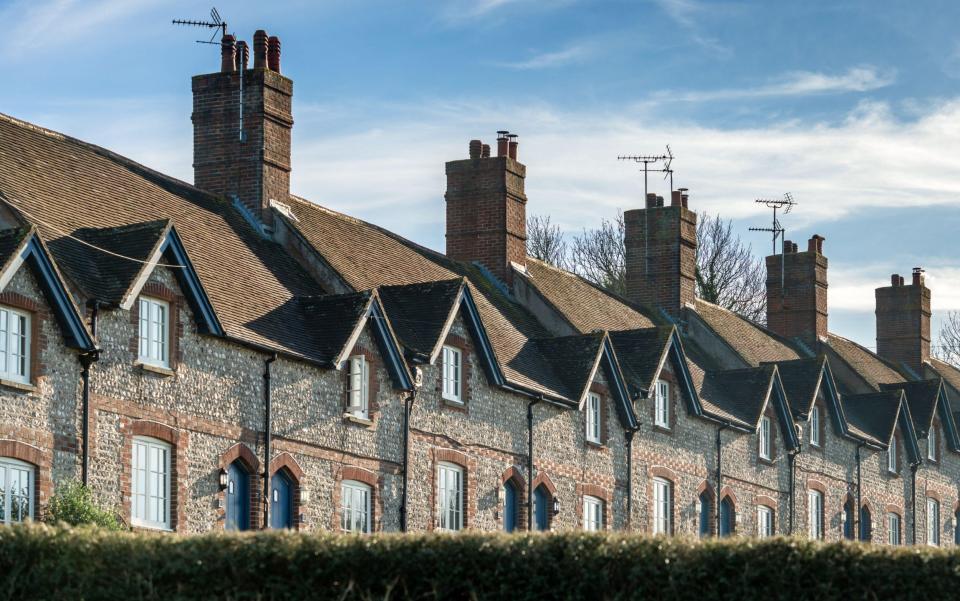

The Rous family, who own Clovelly, came under fire when they introduced an entrance fee for tourists to their village in 2023 (£9.50 for adults and £5.50 for children aged seven to 16).
A resident of Glynde, a village of 312 people in Sussex owned and managed by Viscount Hampden, said Telegraph Travel that rising rents mean that the community’s long-standing members have left the village, replaced by commuters from London. “There are hardly any local Sussex families left,” the villager complained. “Glynde has become a business these days – a commuter town with blacked-out windows during the day and little sense of community.”
A one-bedroom apartment in the village is currently advertised on OpenRent for £950 per month. The Glynde Estate has been contacted for comment.
The Hon John Rous is the current owner of Clovelly, between Bideford and Bude on the North Devon coast. The estate has been in the Hamlyn family since 1738, when it was purchased for £9,438 by the Hon John Rous Zachary Hamlyn, who had made his fortune as a barrister at Lincoln’s Inn.
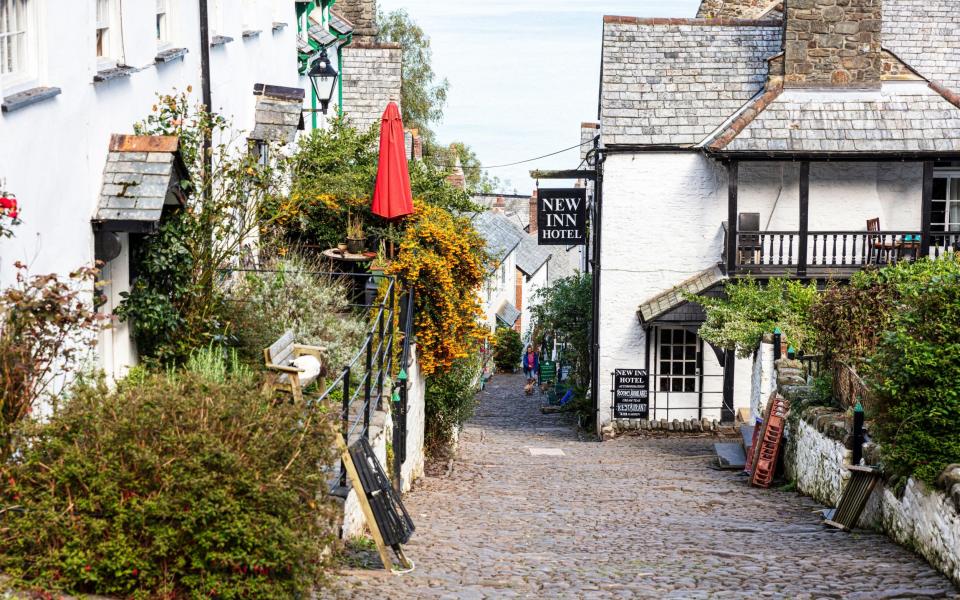

For centuries this pretty village, with its steep, cobbled main street sloping down to a winding harbour, was inhabited by fishermen.
“We’ve only got a few fishing families left now,” says Rous. The Devonshire squire explains with a wink that he now “socially manipulates” the village’s tenants. “Older people give stability to a village or community, and younger families give it vitality,” he says. “It’s wonderful to see young, energetic people swimming in the harbour or fishing for mackerel.”
Since Covid ushered in a new normal of working from home, Clovelly has also welcomed the metropolitans. “We’ve had an advertising executive come here and an Australian-Chinese guy who works for Google DeepMind with his American girlfriend who produces gourmet food. The new arrivals have brought a bit of glamour to the village, I must say.”
Clovelly, however, bans Airbnbs and other short-term holiday rentals and instead runs its own small hotels and B&Bs. Paying day visitors, meanwhile, must leave by 5pm. “There’s not much to do here in the evenings other than sit and watch the fishing boats come in,” says Rous.
Locals are generally tolerant of camera-toting newcomers – “you don’t move to Clovelly if you’re going to mind people snooping in your windows,” says Rous – though they have been known to play pranks on unsuspecting tourists. “A lady tourist asked a local what we do here in the winter months and he told her we light a huge bonfire on the beach and dance around it naked,” Rous laughs. “I’m afraid she believed him.”
Is the Ripley’s sale a harbinger of an era in which private villages become relics of a bygone era? Sir Richard FitzHerbert, 59, admits the millennial generation of toffs is less inclined to walk a tightrope between strict planning permissions, disgruntled tenants and keeping the streets clean for tourists.
“It’s all a terrible headache for us clowns-in-chief,” he laughs, and with that he heads off to be doused by the farmers.